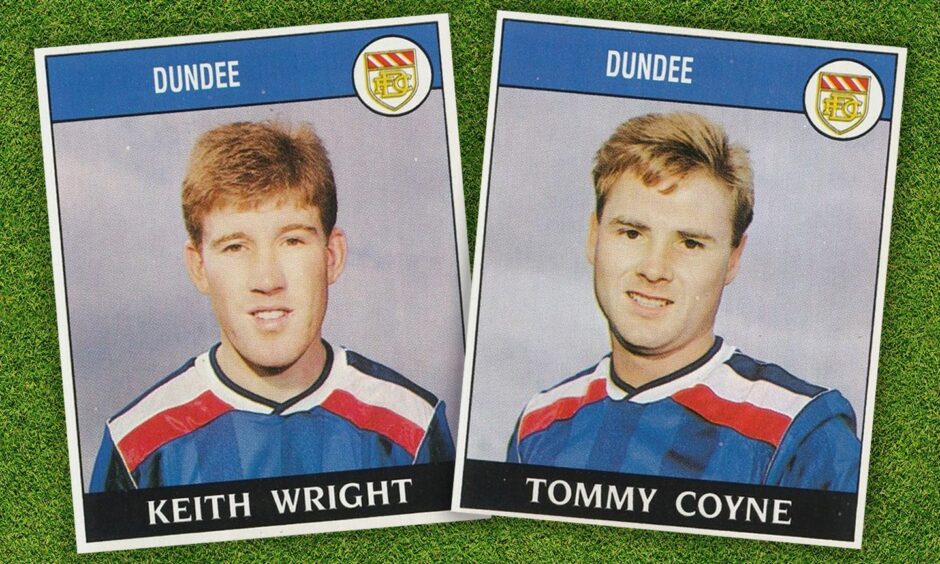
Tommy Coyne and Keith Wright were a striking double act who worked in telepathic harmony for Dundee FC.
The fearsome forwards were nicknamed the Cobra and Mongoose.
Coyne was the Cobra and Wright was the Mongoose.
Few partnerships in Scottish football history have been as devastating.
Their stories could not be more different – geographically, at least.
Wright signed for £55,000 from Raith Rovers and Coyne made the shortest possible journey when he moved up the street from Tannadice to Dens Park.
Coyne discussed the transfer in a forgotten interview with The Sporting Post in 1987, making his debut less than 24 hours after signing.
He said: “I reported to Tannadice to play in a reserve match on the Friday night.
“Jim McLean told me I wouldn’t be needed to play but Jocky Scott wanted to talk to me about a move to Dens if I wanted to speak to him.”
He scored 14 goals in 75 appearance in three years at Dundee United but never quite commanded a first-team place.
“I hadn’t been thinking about a move, having withdrawn a transfer request at Tannadice not long before,” he said.
“With Mr McLean’s encouragement, I asked to come off the transfer list again, as he said a first-team spot wasn’t beyond me.
I felt I had to look forward, and was convinced it was a good chance to make progress in my career.”
Tommy Coyne
“He thought I might have a better future as a midfielder, even though I had always played up front before.
“Anyway, it seemed only courtesy to talk to Mr Scott since he wanted to see me.
“He offered me a move to Dundee.”
Coyne asked for time to think it over and discussed the transfer with his wife before agreeing to join the next day.
The beginning of a glorious partnership at Dens Park
It was the second Saturday in a row that Dundee had signed a striker, following the capture of Wright the previous week.
“I felt I had to look forward, and was convinced it was a good chance to make progress in my career,” Coyne said.
He became the second-most expensive signing in Dundee’s history.
Only the £80,000 paid to Motherwell for Albert Kidd in 1981 exceeded the £75,000 fee.
The formalities were rushed through so Coyne could play for Dundee against St Mirren at Dens Park that day.
Dundee won 6-3 with Wright scoring twice.
“I was delighted to be involved in a good result right away, and only wish I could have got my name on the scoresheet,” said Coyne.
“However, I was involved in some of the moves which led to goals, and I was pleased with the way the Dundee fans accepted me.”
The move signalled the beginning of a glorious partnership with Wright, who didn’t believe he was going to rise through the ranks so quickly.
Training ground work bore fruit for Tommy Coyne and Keith Wright
“I honestly didn’t think I would be forming a regular goalscoring pairing with Tommy so quickly,” said Wright.
“I anticipated spending at least a season in the reserves, but we developed a good understanding very fast.”
Jocky Scott and his assistant, Drew Jarvie, were both former strikers and worked with Coyne and Wright on positional awareness.
After training they used to stay back and work on finishing.
The familiarity forged on the training ground enabled them to outsmart opponents.
The partnership flourished.
Coyne scored a hat-trick in the 4-1 win against Clydebank in April 1987 and Dundee finished the season with a 7-3 success against Hamilton.
This time Wright got a hat-trick with Coyne scoring a solitary spot-kick.
The Cobra and the Mongoose continued where they left off the following season.
Dundee finished seventh in the new-look 12-team Premier League in 1987-88 and scored 70 goals, thanks in no small part to Coyne and Wright.
Coyne notched 33 goals and his cohort fired home 15.
Goals galore for Dundee FC in 1987-88 season
Coyne scored four goals in a 5-0 win against Dunfermline Athletic on August 29 and Wright was never likely to give up without grabbing one himself.
Coyne and Wright stole the show in the League Cup quarter-final against Dundee United at Dens in September, which is regarded as a classic.
Dundee trailed to Iain Ferguson’s early strike before Coyne scored from a Wright knockdown to force extra-time with five minutes to go.
The home side took full advantage.
Coyne turned provider, laying off to Wright, who slotted home the 98th-minute winner past Billy Thomson.
Things got better in November.
Coyne scored a brace in a 3-1 win at Tannadice with Wright getting the other goal as Dundee opened up a five-point gap over Jim McLean’s side.
The Cobra and the Mongoose each scored twice in a 6-0 win at Falkirk on December 12, which was Dundee’s biggest Premier League victory.
That record lasted only four days, before Coyne got a hat-trick and Wright a double in a 7-1 win against Morton at Cappielow.
Tommy Coyne and Keith Wright were unstoppable
Dundee won the Tennent’s Sixes in January 1988 and were the tournament’s highest scorers with Coyne and Wright among the goals at Glasgow’s SECC.
They kept coming – indoor and outdoor!
A 17-minute Wright hat-trick gave the Dee a three-goal lead in the 4-2 win against Falkirk at Dens in April 1988, and Coyne grabbed one himself.
In the end, the 33 league goals Coyne scored in 43 games wasn’t enough to secure him one of the top individual prizes in European football.
The 1988 Golden Boot award went to Tanju Çolak of Galatasaray with 39 goals.
John Eriksen of Servette was second on 36 and Victor Piturca of Steaua Bucharest pipped Coyne for the bronze boot with 34.
Coyne said he thought he was “destined” not to finish in the top three when he spoke to the Weekly News in 1991 about his career highlights.
“Scoring so many goals in one season was a dream come true, but I still think I should have scored more,” said Coyne.
“I’d scored 32 by the middle of January, but after that the goals seemed to dry up.
“There was also a lot of publicity at the time of possibly winning the Golden Boot.
“Maybe that affected me.”
Coyne said Wright deserved 50% of the credit for his 33 goals.
“For a striker, Keith is such an unselfish player it’s not true,” he said.
“He set up so many of my goals and we seemed to hit it off as a combination from day one.”
Cobra and Mongoose broke up in 1989
All good things must come to an end, though, and so it proved with Coyne and Wright’s lethal combination in March 1989.
Coyne joined Celtic for £500,000, having netted 60 goals in 109 games for the Dee.
He left Celtic in March 1993 after 52 goals in 132 appearances, before returning to Scotland with Motherwell after a brief spell at Tranmere Rovers.
Coyne is the only player to be Premier League top scorer with three different clubs.
He won 22 caps for Ireland including playing at the 1994 World Cup and returned for a second spell at Dens in 1998, before winding down his career.
Keith Wright stayed at Dens and struck up a new partnership with Billy Dodds.
Wright scored a hat-trick in a 4-3 derby win over United in August 1989 and won the B&Q Centenary Cup with Dundee after relegation in 1990.
He scored 75 goals in 197 appearances before leaving for Hibernian where he netted in the 1991 League Cup final win against Dunfermline Athletic.
Wright won one cap for Scotland, in 1992, and returned to Raith Rovers in 1997. He finished his professional career at Stenhousemuir in 1999.
The Cobra and the Mongoose partnership was the stuff of legend.
The duo will always be fondly remembered by the Dundee fans they entertained.
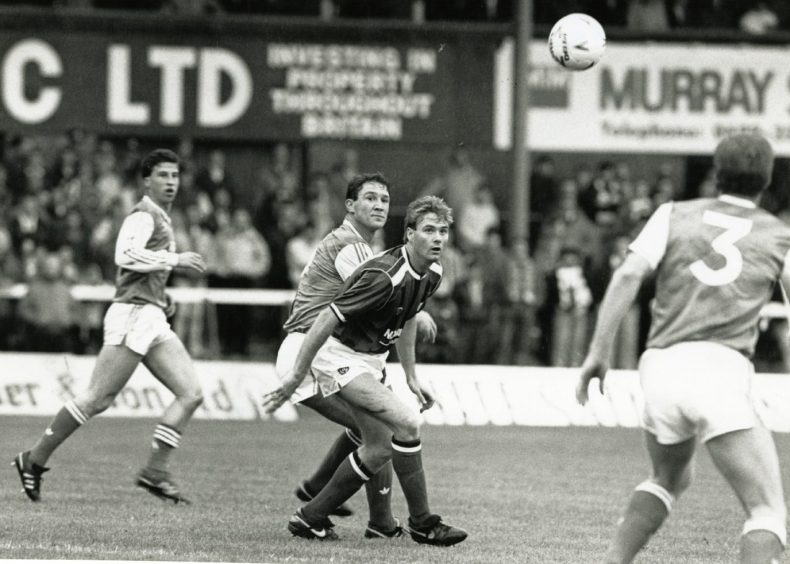
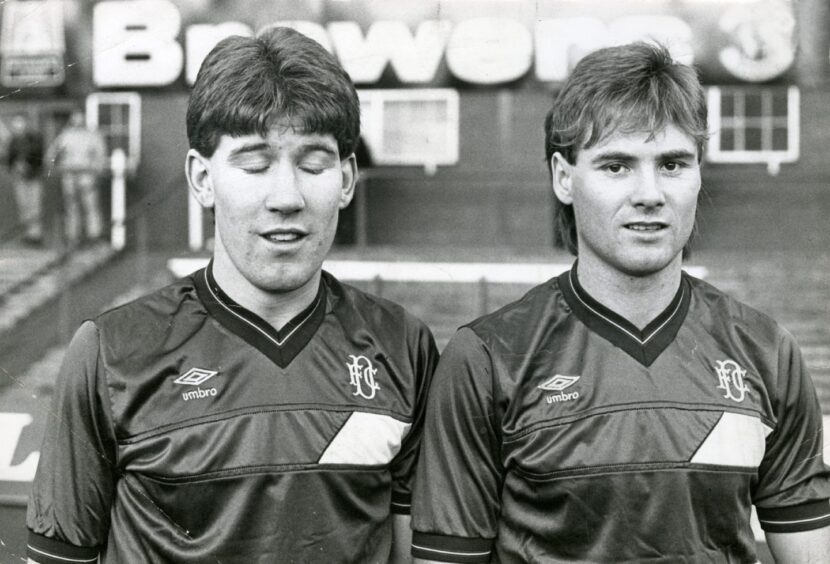
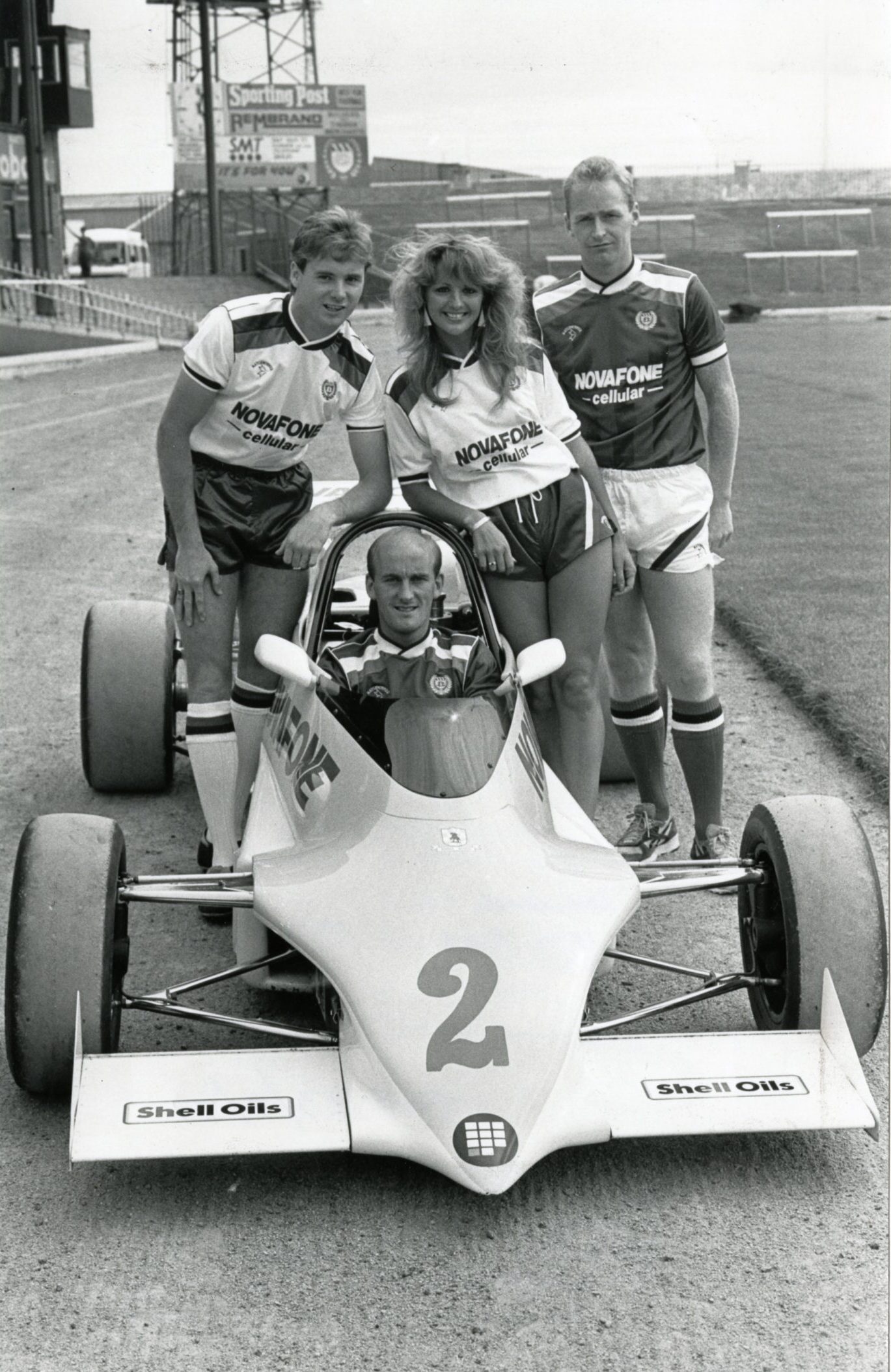
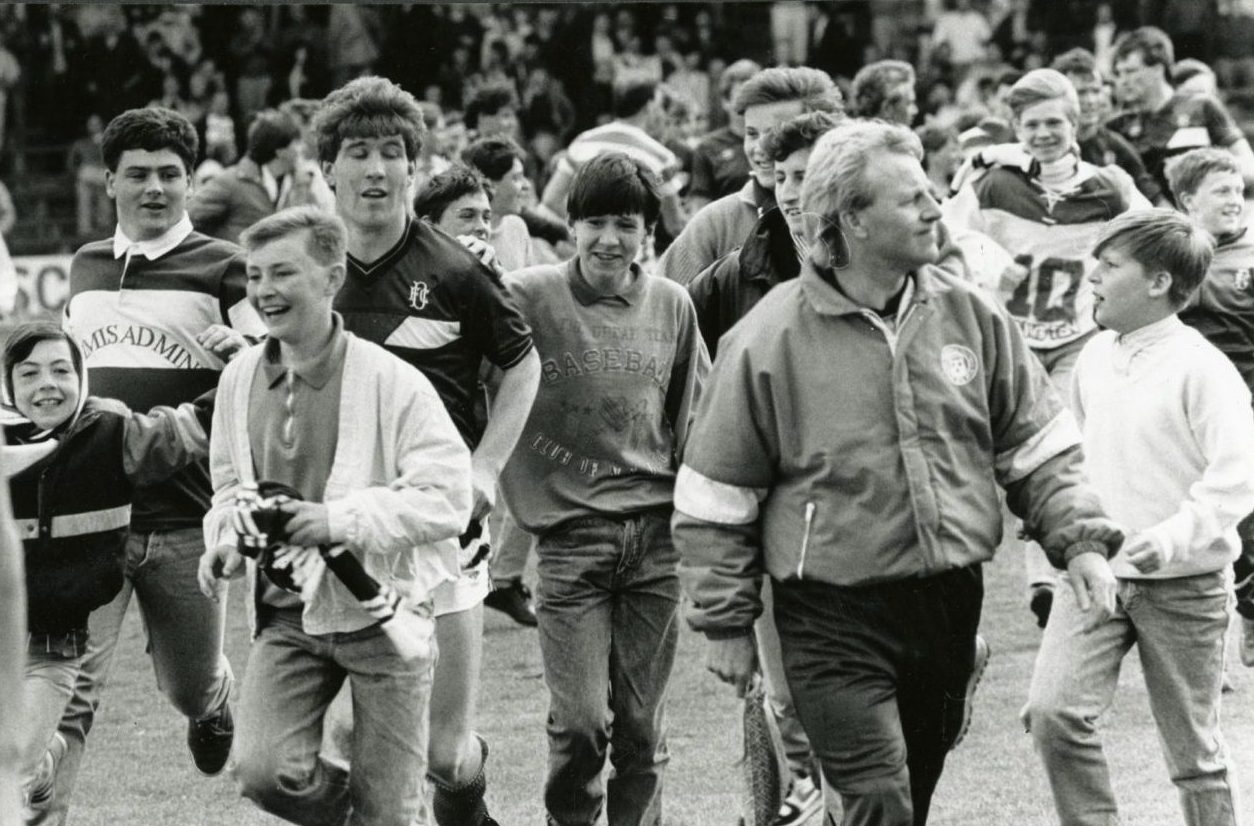
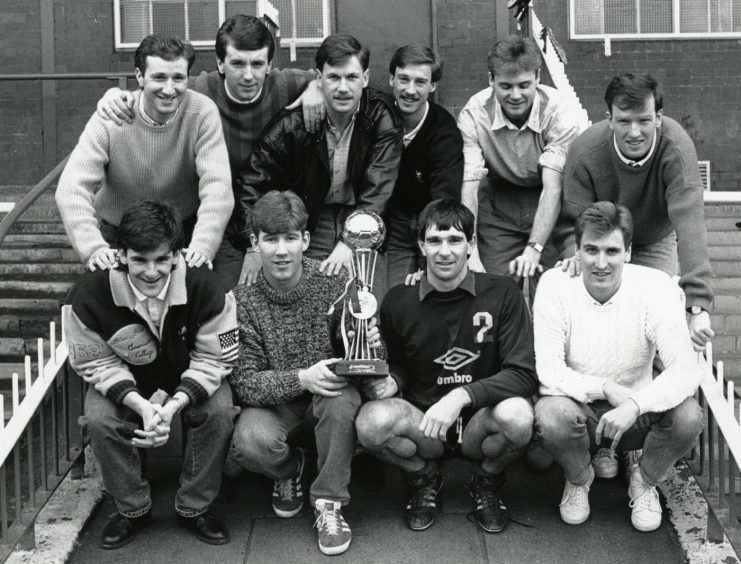
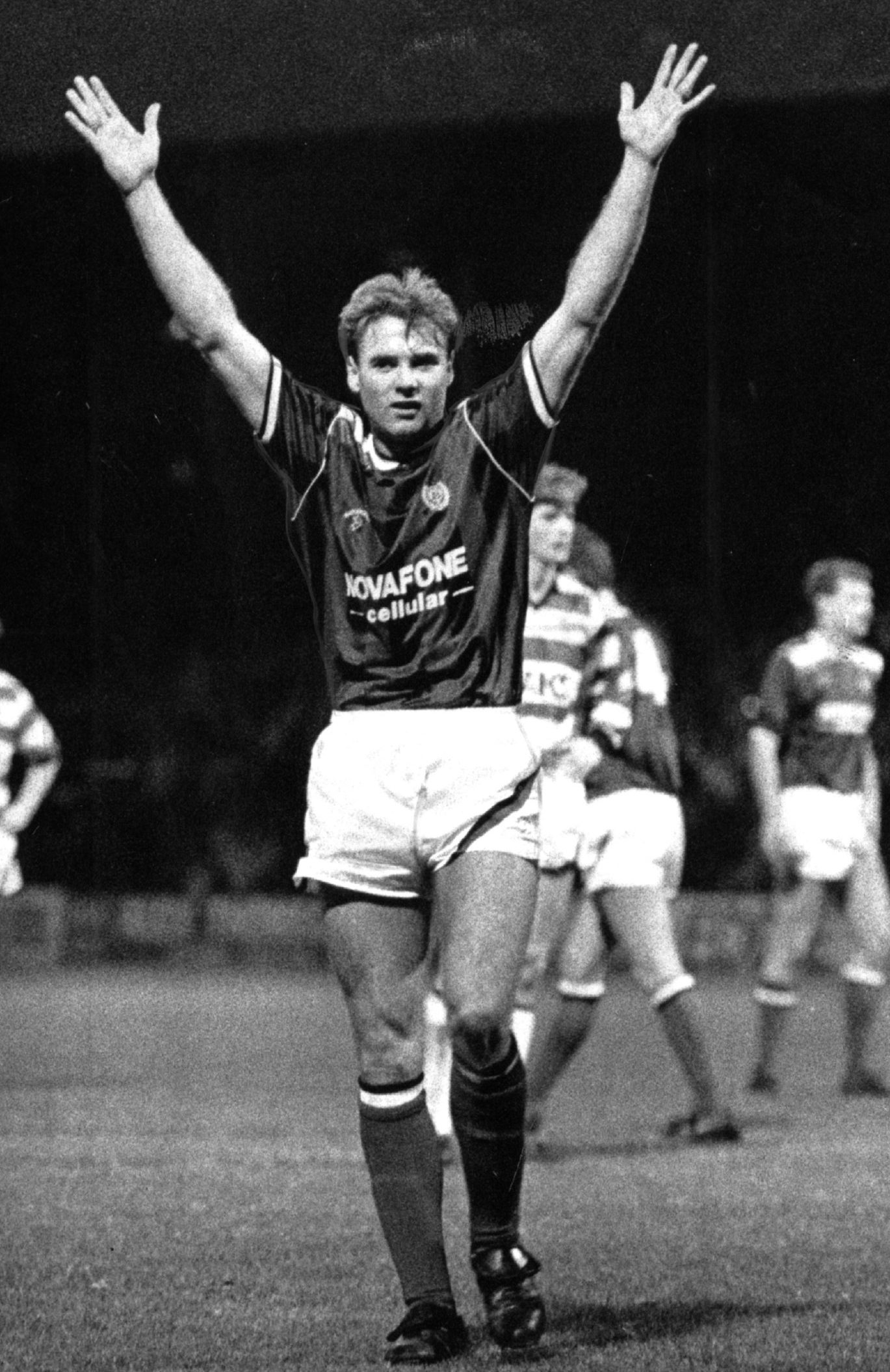
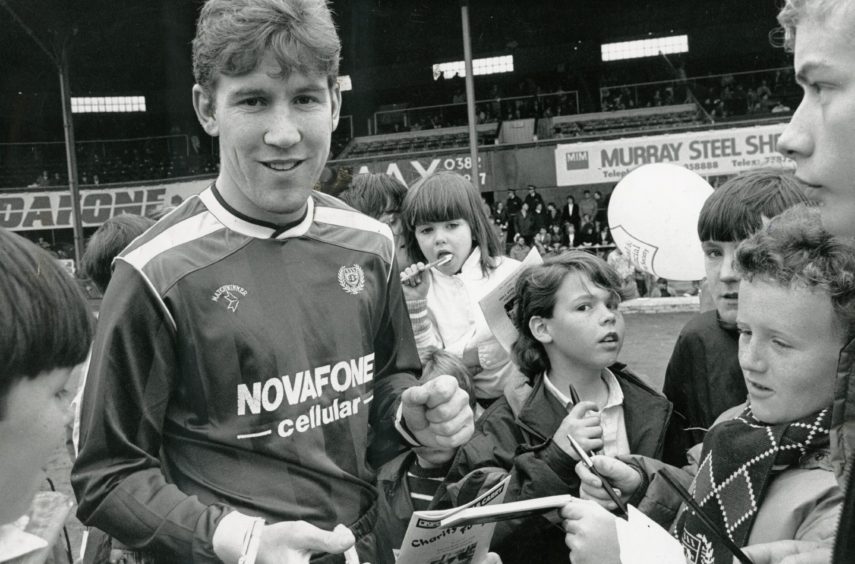
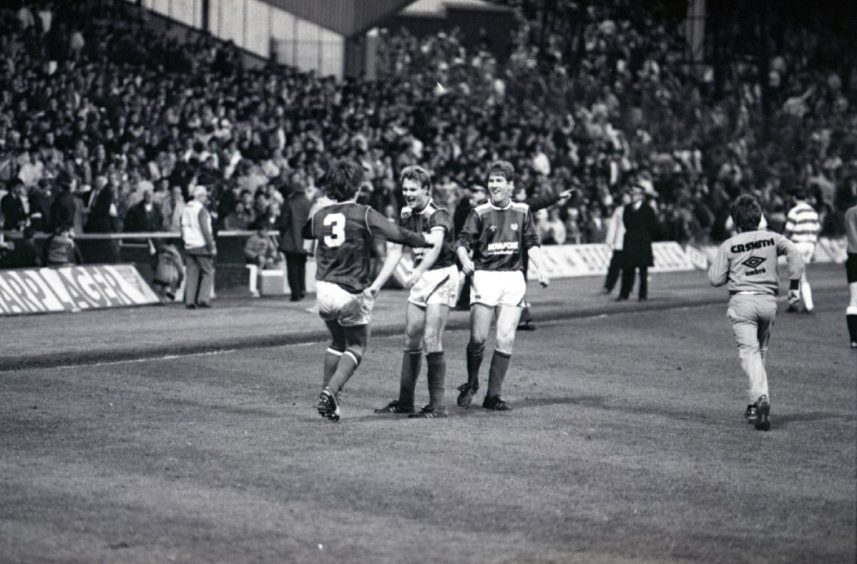
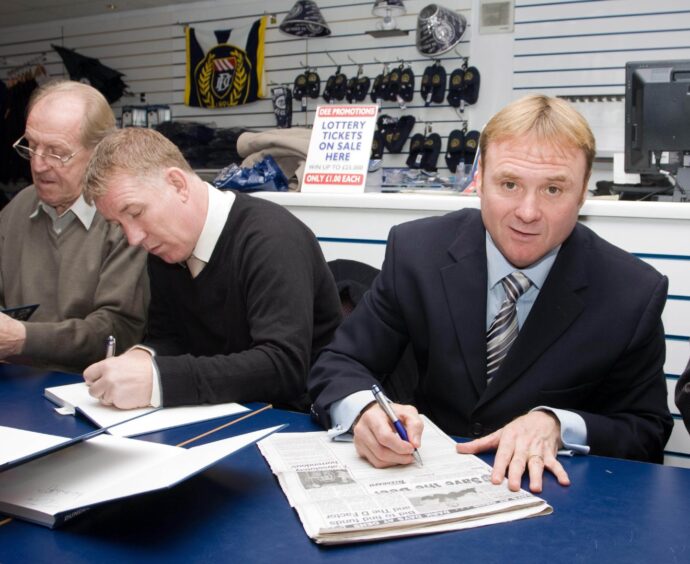
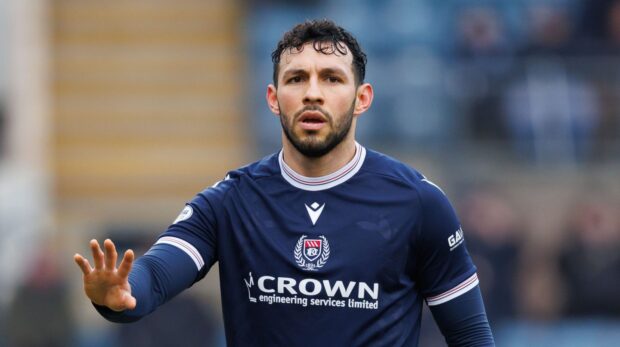
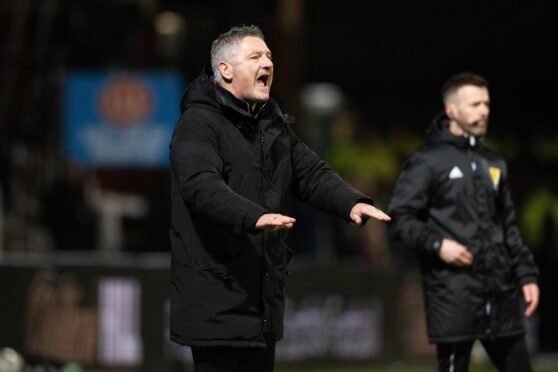
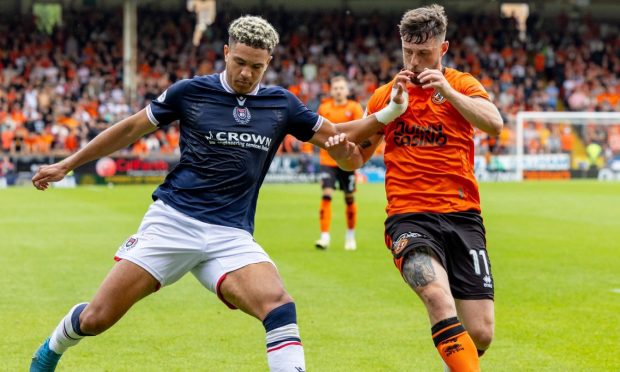
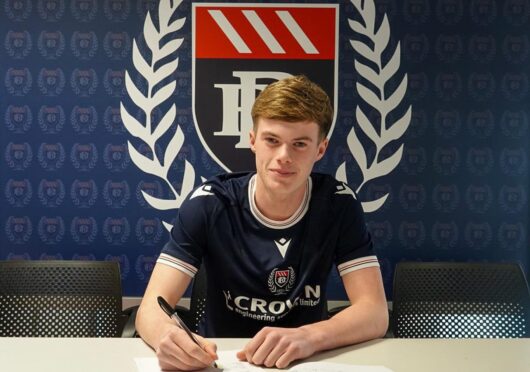
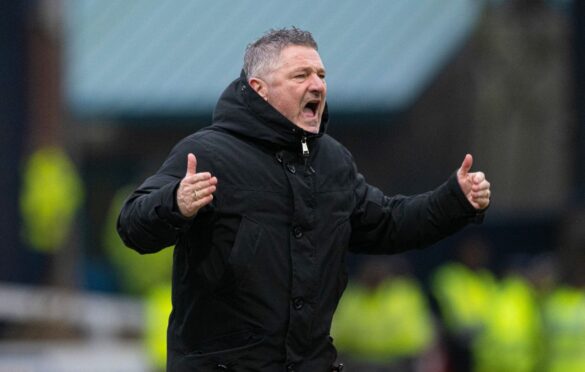
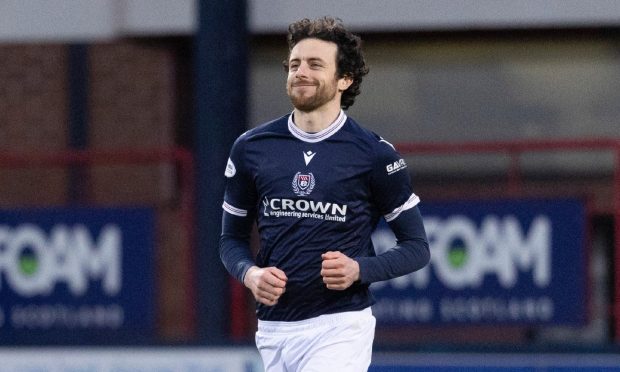
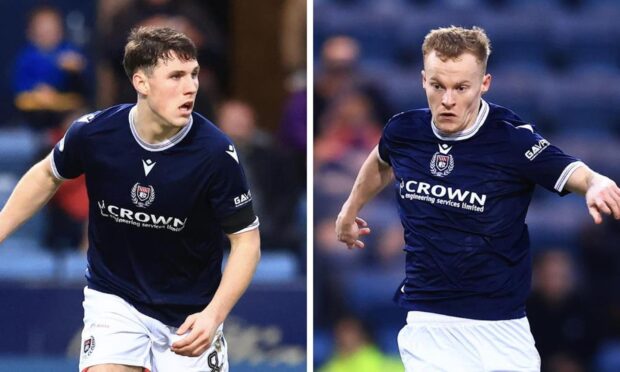
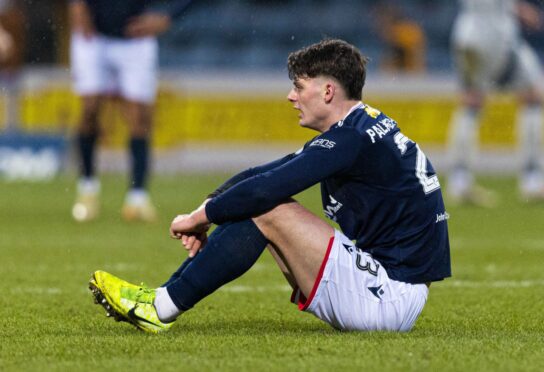
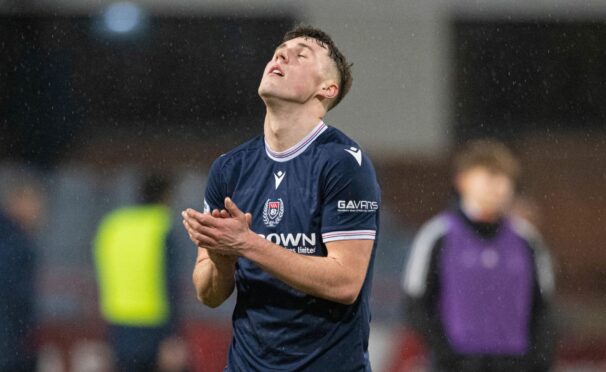
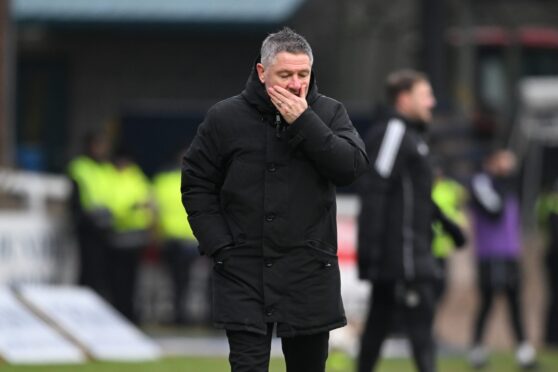
Conversation